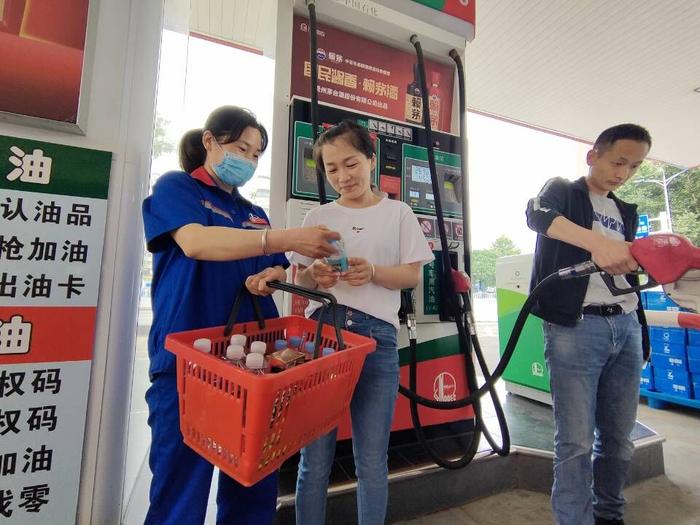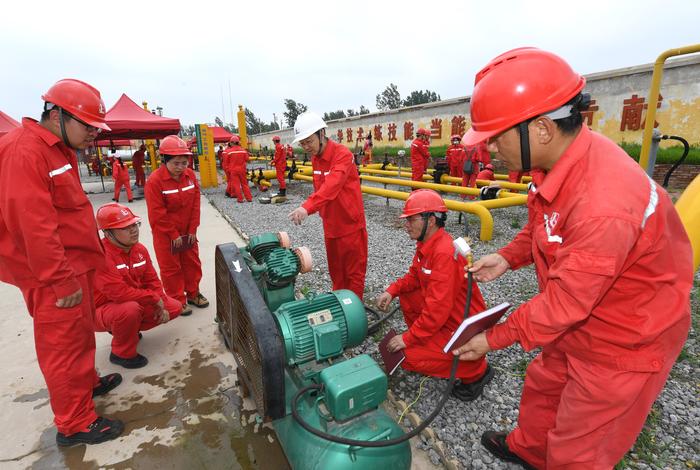|
| 2020-08-28 来源: 中国石化新闻网 |
| 石化新闻 |
中国石化新闻网讯 据世界管道8月26日报道,自今年4月新冠肺炎疫情引发油价触底危机以来,世界石油需求以创纪录的速度增长,在过去4个月中增长了1300万桶/天。但根据IHS Markit最新一项分析显示,随着全球原油需求在略低于疫情爆发前水平附近趋于稳定,这一增长速度将逐渐放缓。 随着出行限制的放宽,5月到7月全球原油需求大幅增长,目前已停留在上年水平的89%,而4月为78%。IHS Markit预计,到2021年第一季度,需求增长将放缓,并维持在9920至9500万桶/天(约为上年水平的92至95%)。主要原因是,在疫情得到控制和疫苗得到广泛供应之前,旅行尤其是航空和人们上下班通勤将继续受到限制。 IHS Markit副总裁兼石油市场主管吉姆·伯克哈德表示,世界石油需求从崩盘时的最低点迅速上升,这将促使石油需求的全面回升,至少目前看来是这样。要想需求完全恢复,旅行尤其是航空和人们日常出行需要恢复正常。在病毒被控制和有效的疫苗出现之前,这一切都不会发生。 全球航空航班数量比2月份下降了约30%(4月份下降了78%)。但由于长途航班的燃油消耗量还没有恢复到短途航班的水平,实际的航空燃油消耗量仍比去年低50%。 汽油零售在美国也是一个重要的指标。美国汽油零售销量超过了除中国大陆以外的任何其他市场的石油总需求。从IHS Markit的OPIS每周跟踪情况来看,美国汽油零售量在4月份降至去年同期水平的50%之后,5月至7月初的销量迅速增长。但自那以来,销量一直徘徊在比去年同期低17 至18%的水平。 然而,全球原油需求上升的趋缓并不意味着供应过剩将回到4月份油价一度跌至0美元/桶以下的创纪录水平。欧佩克+成员国再度采取供应限制措施,以及美国产量的下降,仍预示着2020年下半年将出现供应短缺情况。 按下需求增长的暂停键并不意味着供应过剩的局面会重现,4月份的供应过剩曾令价格暴跌。自那以来,欧佩克+成员国重新出台产量限制措施,与此同时,美国的产量预计也将下降。这意味着市场可以恢复再平衡,即便只是暂时完全恢复到疫情爆发之前的需求水平。 王佳晶 摘译自 世界管道 原文如下: World oil demand expected to plateau just below pre-COVID levels World oil demand has grown at a record pace – by 13 million bpd in the last four months – since the bottom of the COVID-induced collapse in April. But that pace of growth is expected to taper off with global crude demand plateauing just below pre-pandemic levels, according to a new analysis by IHS Markit. Global crude demand surged from May to July with the easing of some COVID-19 restrictions and now rests at 89% of prior year levels, compared to being at 78% in April. IHS Markit expects demand growth to wane and plateau at 92-95 mbd (or roughly 92 - 95% of prior year levels) through the first quarter of 2021. The main cause for the pause is expected to be travel –especially air travel and commuting to work – remaining subdued until COVID-19 is contained and are vaccines widely available. “The meteoric rise of world oil demand from the lowest lows of the COVID crash is going to come up just short of a full comeback, at least for now. For demand to fully return, travel—especially air travel and commuting to work—needs to get back normal. And that won’t happen until there is containment of the virus and effective vaccines.”– Jim Burkhard, Vice President and head of oil markets, IHS Markit. The number of air flights globally is about 30% below February levels (compared to 78% below in April). But actual jet fuel consumption is still 50% off prior year levels since long-distance flights have not recovered to the extent of shorter ones. Retail gasoline sales in the United States are also an important signpost. US retail gasoline sales are bigger than total oil demand in any other market except mainland China. OPIS by IHS Markit tracks US retail gasoline sales each week. Sales improved rapidly from May to early July after falling to 50% prior year levels in April. But sales have hovered at 17 - 18% below earlier year levels since. However, the expected plateau of global crude demand does not mean a return to the record levels of oversupply that crashed oil prices – briefly to less than $0/bbl – in April. Renewed restraint by OPEC+ members and lower US output still point to supply deficits in the second half of 2020. Hitting the pause button on demand growth doesn’t mean a return to the supply overhang that cratered prices back in April. OPEC+ members have rediscovered production restraint since then and US output is expected to be lower as well. That means that markets can continue to rebalance, even if a full return to pre-COVID demand levels is put off for the time being.” – Jim Burkhard, Vice President and head of oil markets, IHS Markit. |








